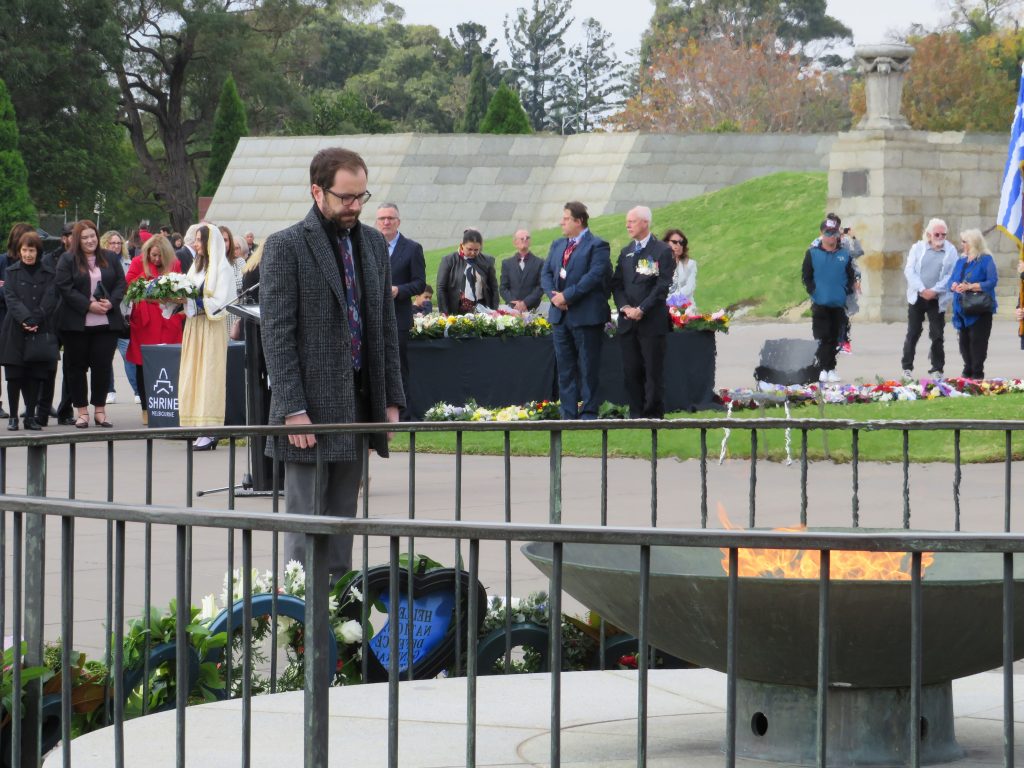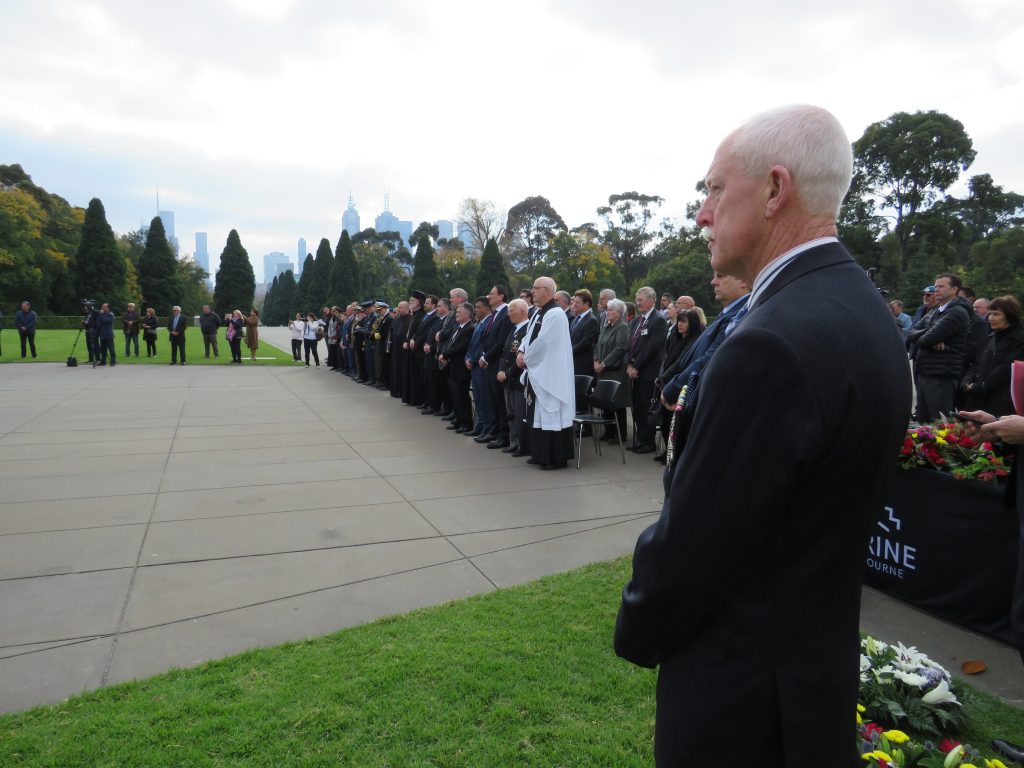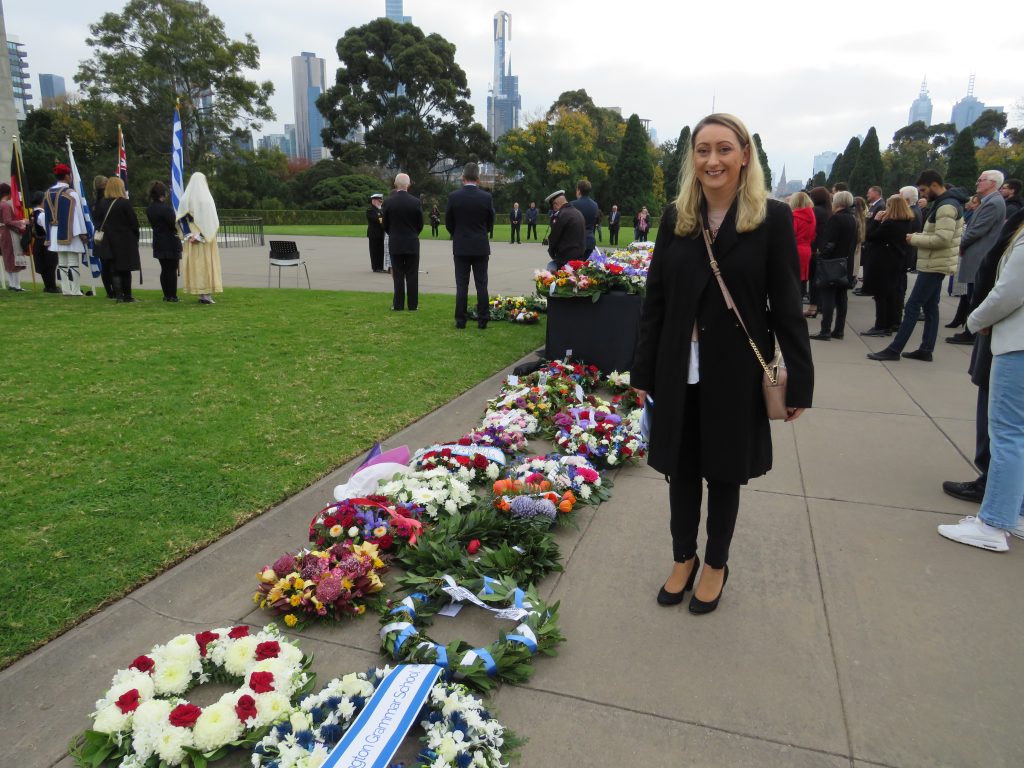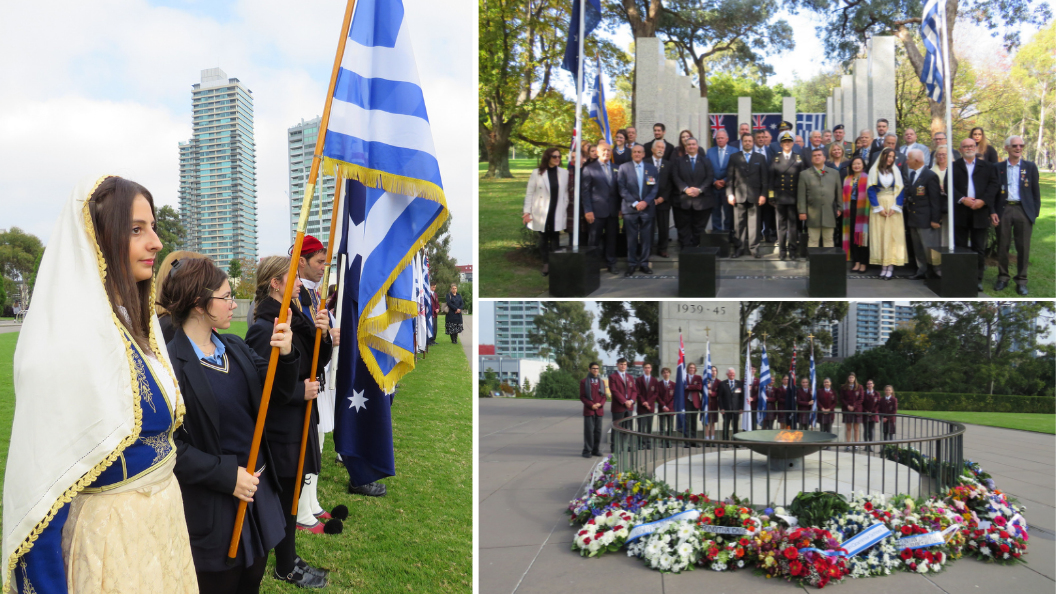By Mary Sinanidis.
Stavroula Gonopoulou, 87, patiently waited for the ceremony to begin at the Shrine of Remembrance. The great grandmother from Messenia was among those gathered to commemorate the 81st anniversary of the Battle of Crete which began on the morning of 20 May 1941 with a German airborne invasion on the island.
“I have no links to Crete, but I am always present at these events,” she told The Greek Herald. “It doesn’t matter that I’m not from there. It’s the least I can do.”
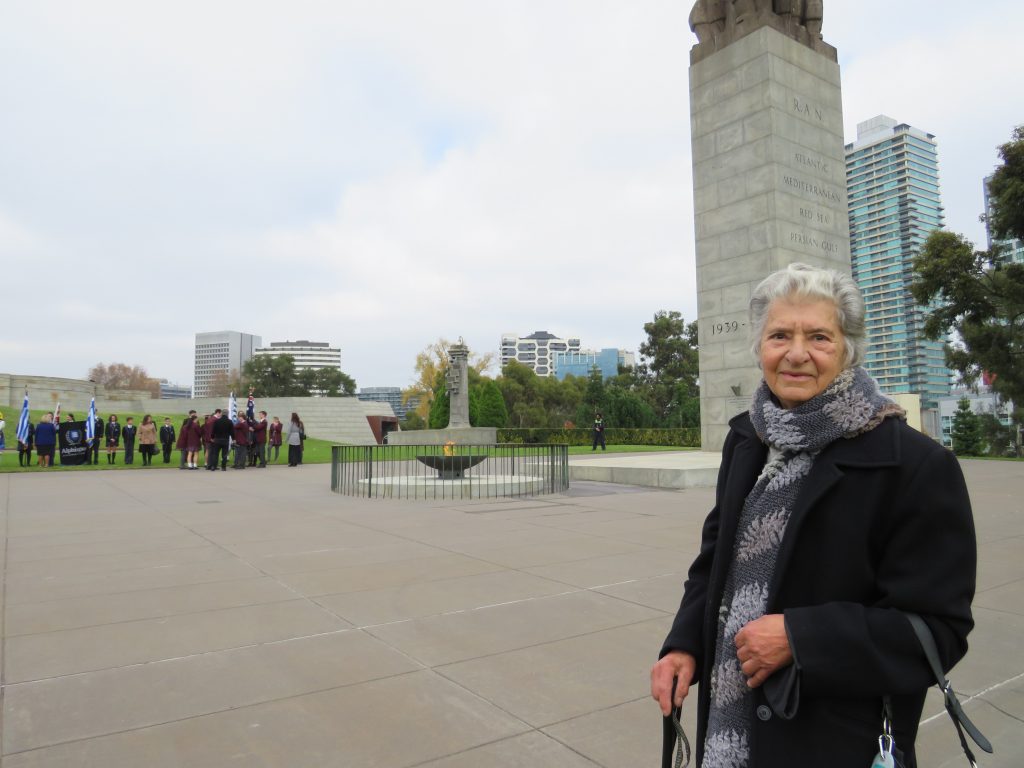
Australian couple, Jim and Valerie Muir, are both on the committee of ex-Prisoners of War Welfare Association.
“We have two connections to Crete, and the longest connection is dad and Valerie’s dad also served,” Mr Muir told The Greek Herald, before showing his father’s medals. “This one here is special because it was given to dad by the Greek government in memory of his time in Crete. He was captured by the German forces in 1941 and was a prisoner of war for nearly four years. He never said too much about it, which is typical of POWs and probably typical of WW2 servicemen.”
READ MORE: Victorian Opposition Leader Matthew Guy has pledged $40,000 annually for Battle of Crete events.
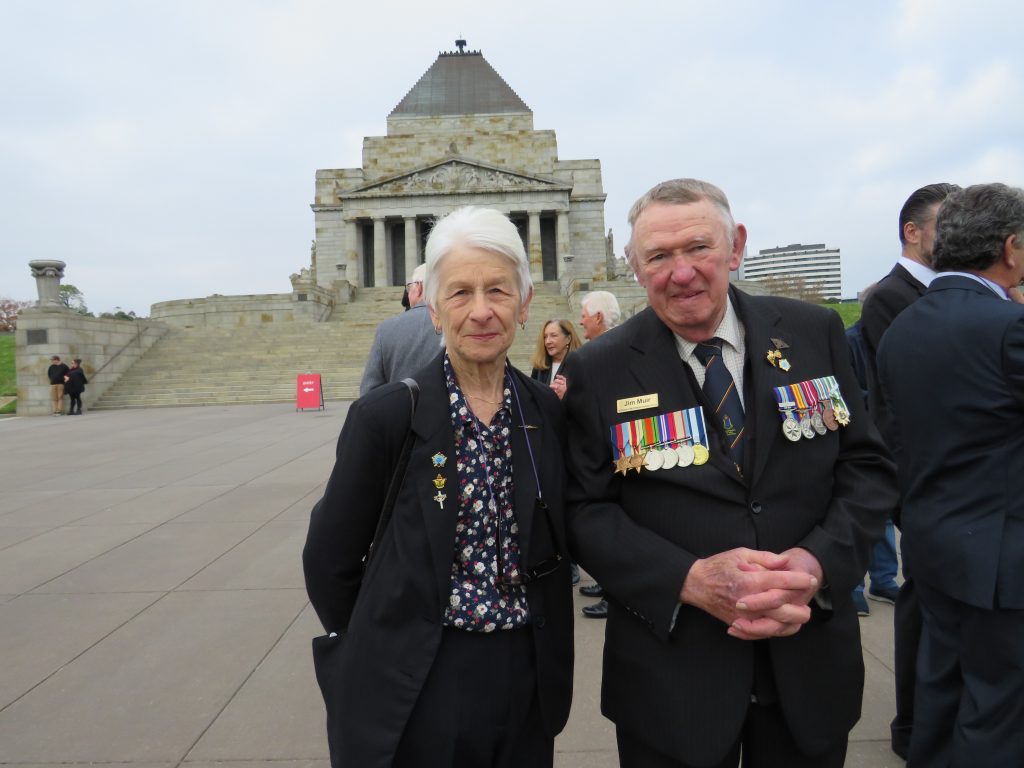
Mark Horner from the Australian Peacekeepers and Veterans Association flew in from Tasmania to honour the group’s Anzac heritage though the group is mainly a post-1947 brigade with modern era veterans. .
“This is the first such event I have attended, and I didn’t realise how big it is,” Mr Horner told The Greek Herald, adding that he had grown up in Oakleigh, and “now it all makes sense”.
READ MORE: ‘Mateship and Filotimo’: Greeks and Australians in NSW gather to commemorate Battle of Crete .
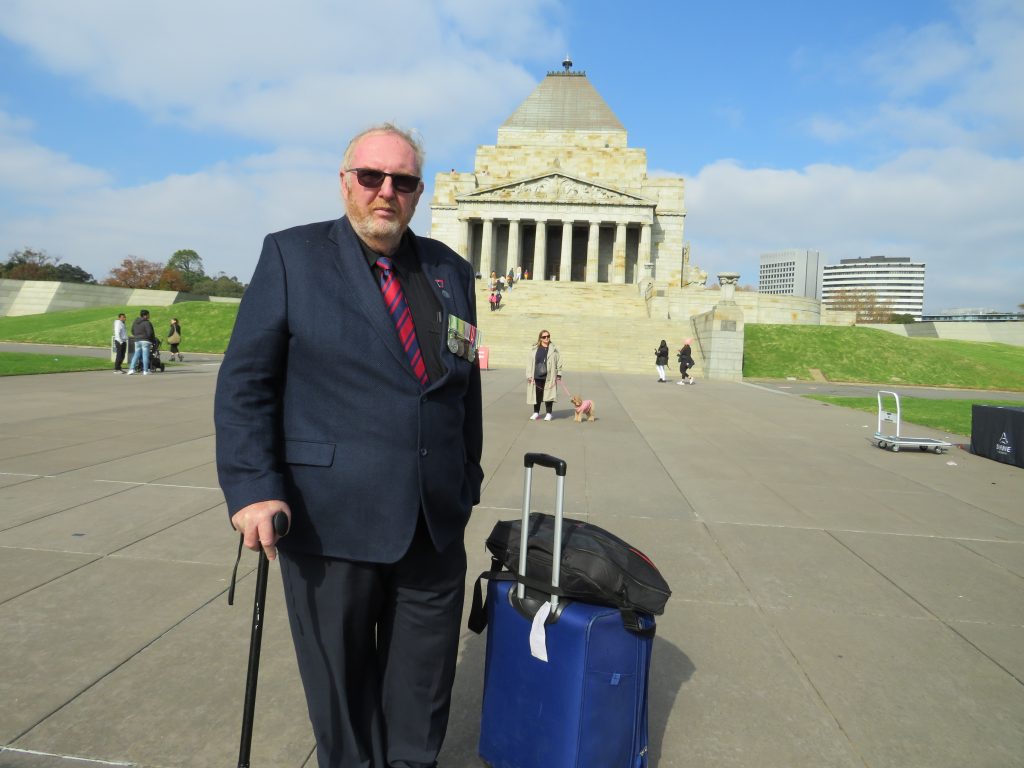
Following wreath-laying at the Shrine, attendees walked to the Hellenic War Memorial.
Steve Kyritsis, President of the Greek Australian monument, said: “This beautiful memorial which was built 21 years ago was to acknowledge the service and sacrifice of the Anzacs in Greece during WW2. In the centre of this memorial, the crypt contains the names of the Anzacs that died in the Greek campaign, enabling future generations to honour them.”
READ MORE: ‘A day of reflection’: Canberra’s Greek community commemorate the Battle of Crete.
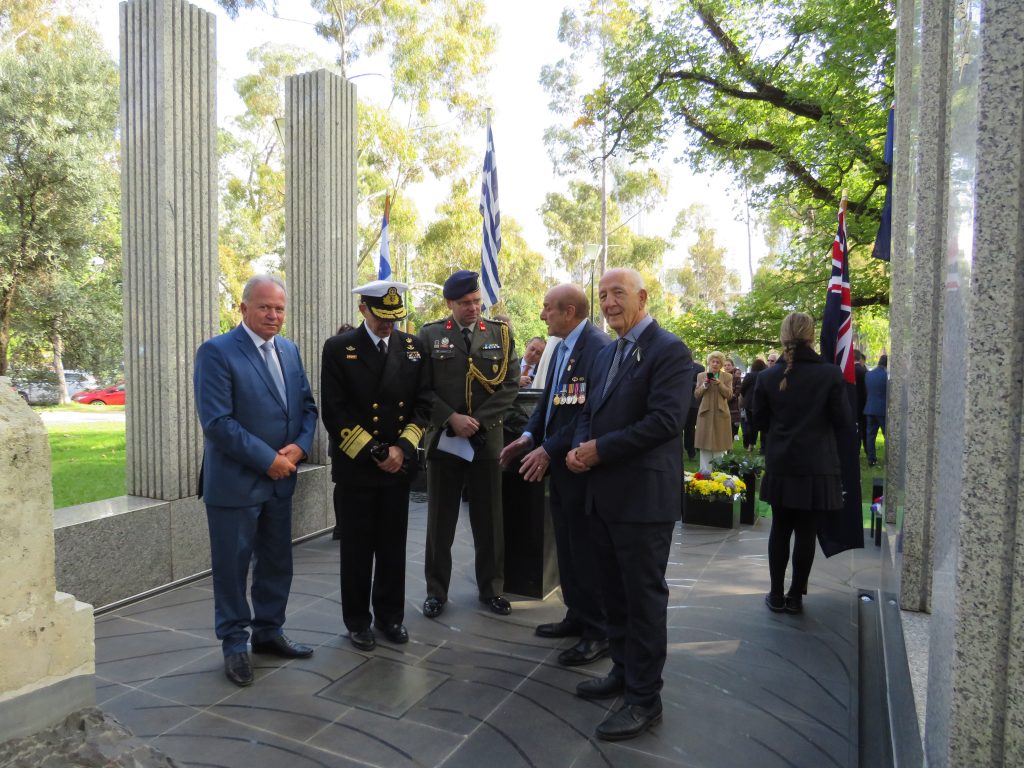
In his speech, he mentioned the “brave Anzacs, all the allies, which came to support Greece and Crete, the civilians of Crete harbouring and feeding many Anzacs in their own homes and in the mountains and the reprisals and atrocities they endured by the German army against them.”
One such local Cretan who harboured Australians was Antonis Tsourdalakis, the grandfather of Tony Tsourdalakis, the National President of the Cretan Federation of Australia and New Zealand.
READ MORE: The ‘forgotten Anzacs’ of the Battle of Crete and the Greek Campaign.
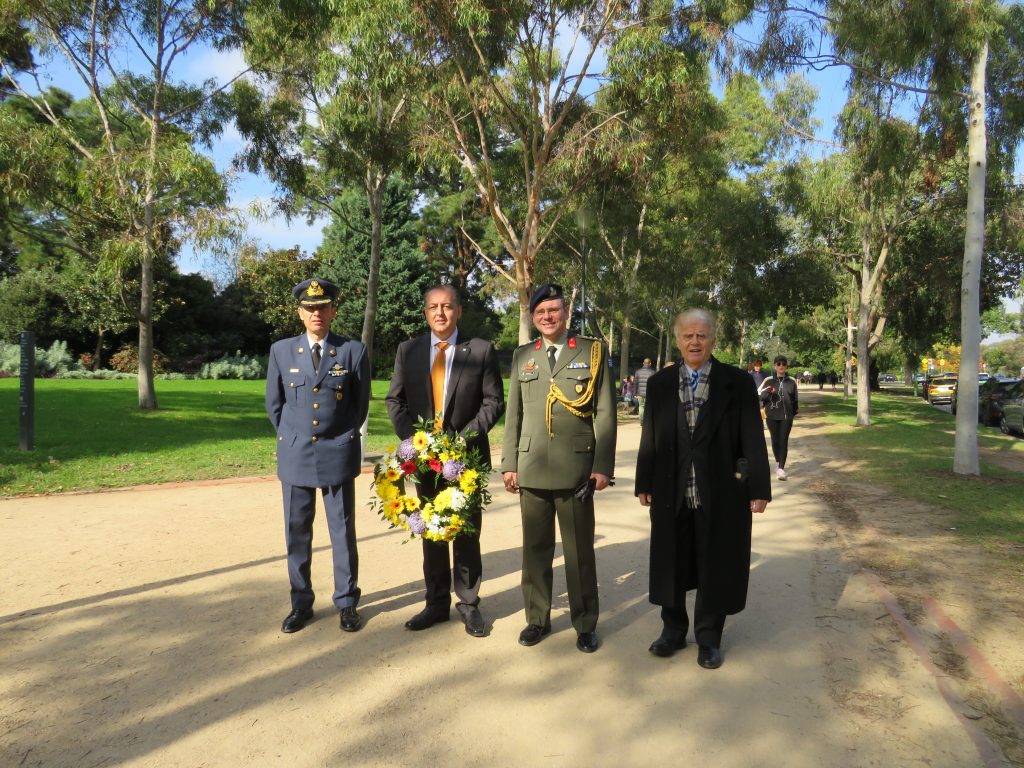
“My grandfather built a shack outside of his village in Melambes, south of Rethymno, in the mountains, where he housed and sheltered two Australian soldiers during the German Occupation and the retreat for 11 months,” Mr Tsourdalakis told The Greek Herald.
“I’m feeling very proud and honoured that we had the opportunity, 81 years on, to pay our respects to the Anzacs from the Greece and Crete campaigns that never returned and lie on Greek soil.
“As Australians of Cretan descent, we have an obligation to continue the legacy that was passed down by our parents and never forget the ancestors and the descendants of the Battle of Crete in 1941.”
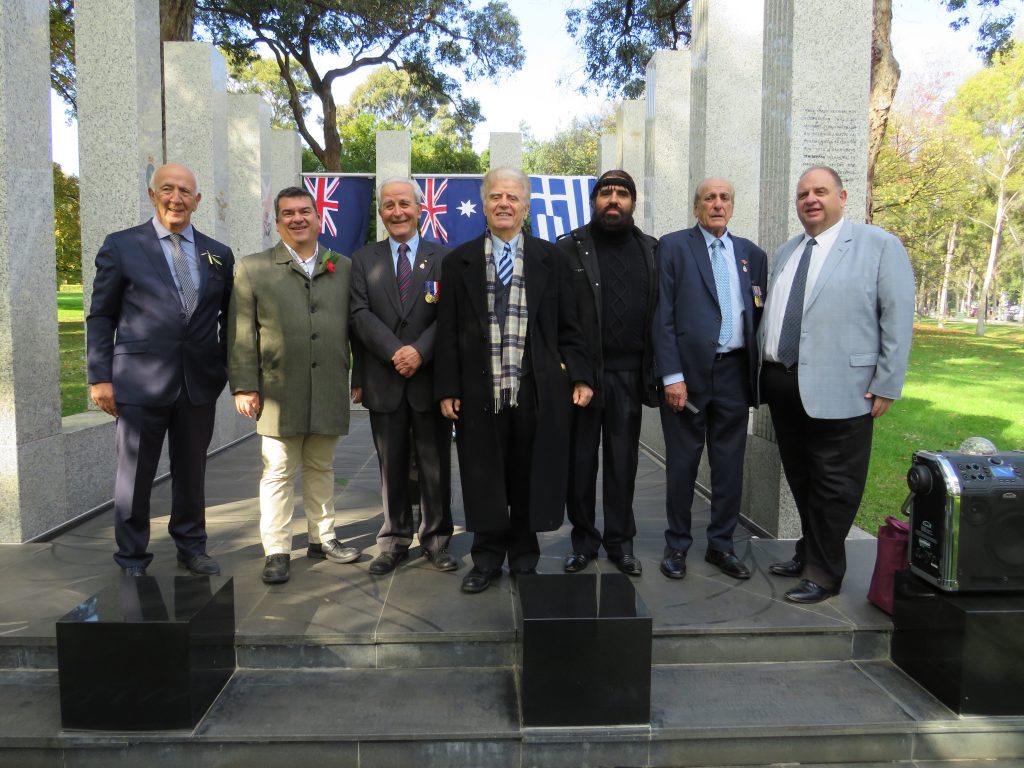
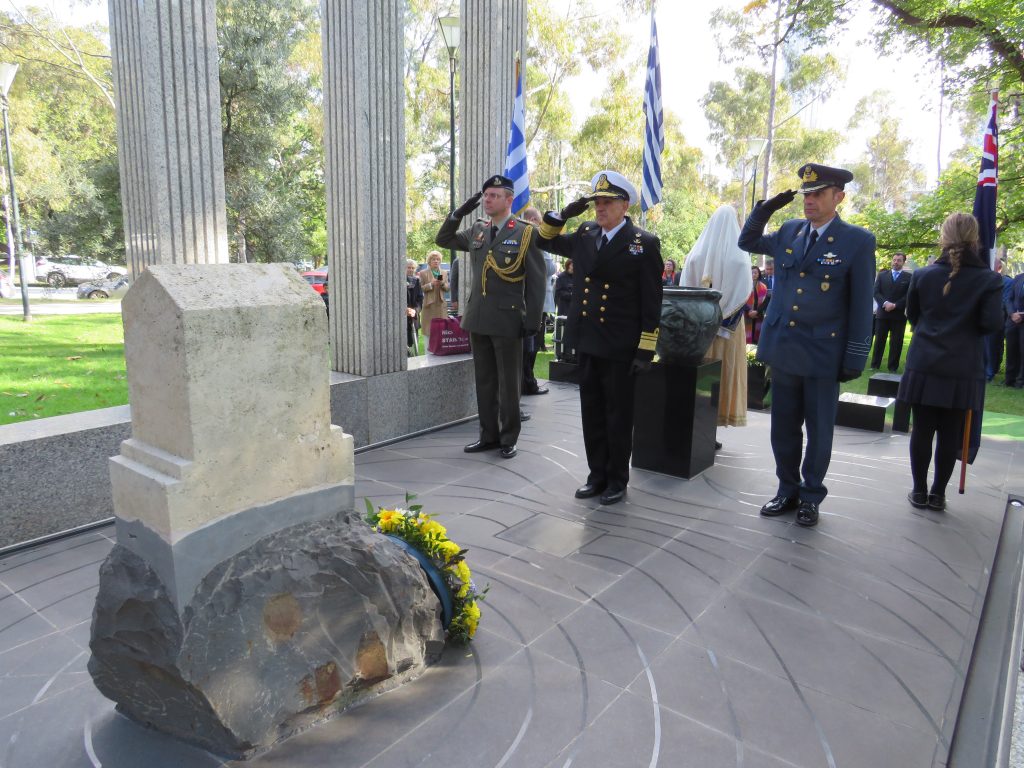
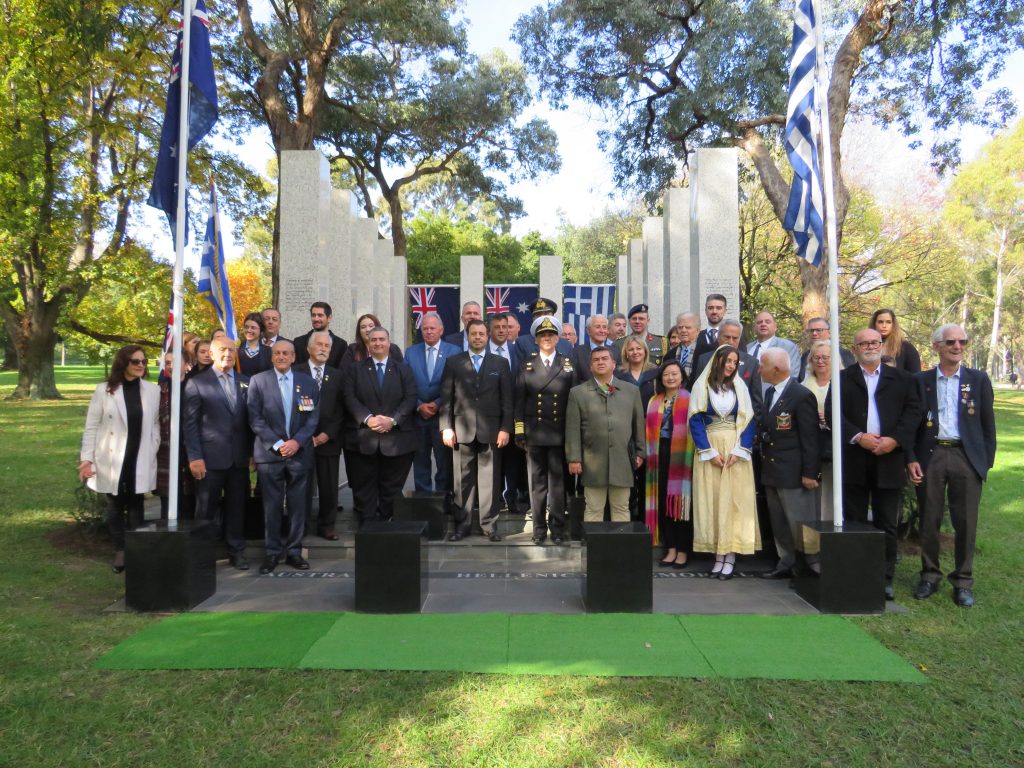
Greek Consul of Melbourne, Emmanuel Kakavelakis, agrees with this sentiment. “Life has no value when a person cannot live free,” he said.
“Beside the Cretan fighters were young kids from the other side of the world from New Zealand, Australia and Britain who gave their blood for ideals which are sacred even today. May this battle be a lesson for the generations to come.”
Wearing a traditional Cretan sariki, Australian-born John Karidakis of the Pancretan Association of Melbourne honoured his family’s origins from Chania. He told The Greek Herald we should “not forget the sacrifices” which were made. Very much an Aussie, he has a Cretan heart.
READ MORE: Olive tree planted at Lamia Barracks in Sydney to honour the Battle of Crete.
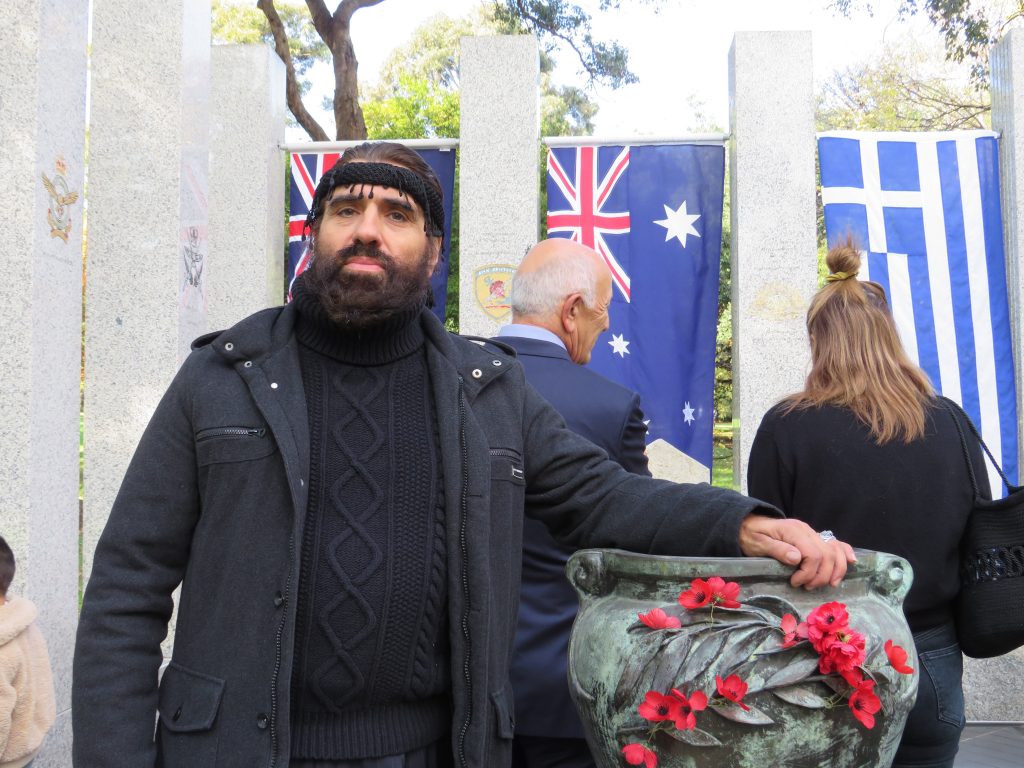
“When I was growing up and the technology we have today was not available to us, we would attend dances and events and interact with people. We were raised with it, and it was part of your duty to attend such events,” he said.
For Lee Tarlamis MP, the connections lie deeper than just roots and upbringing, and also inform the Australian story. He took the opportunity to showcase the heroic deeds of indigenous Australian Reg Saunders at a luncheon held at the Cretan Village.
READ MORE: Greeks lead push to name Sydney metro station after Indigenous ANZAC with ties to Crete.
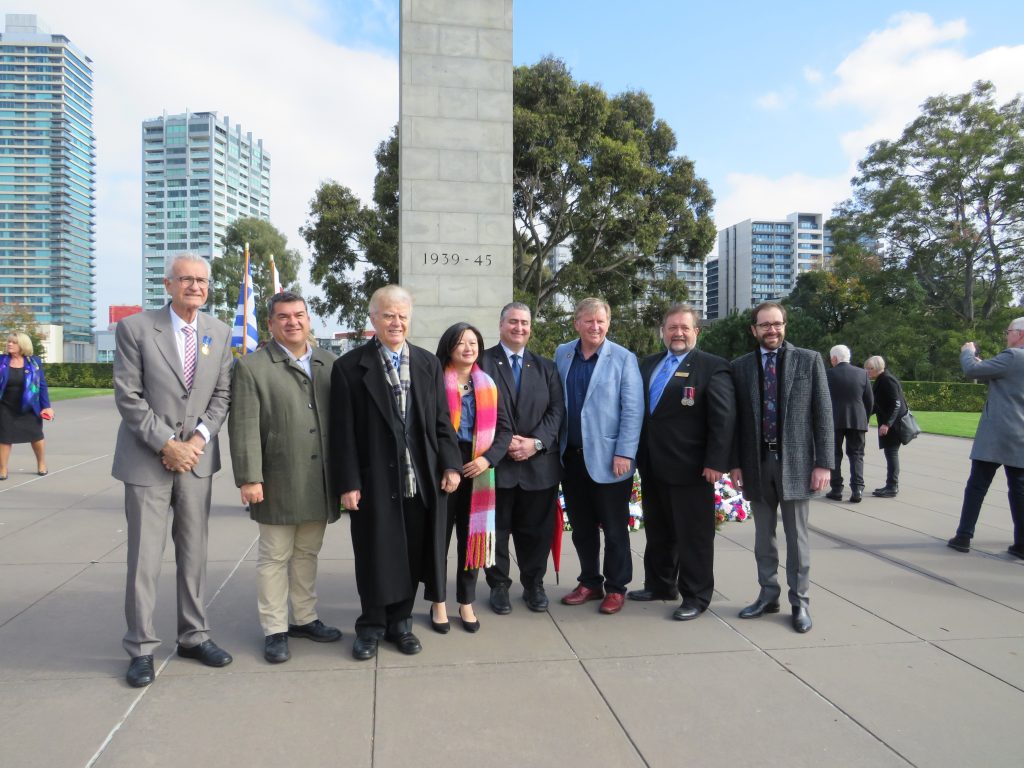
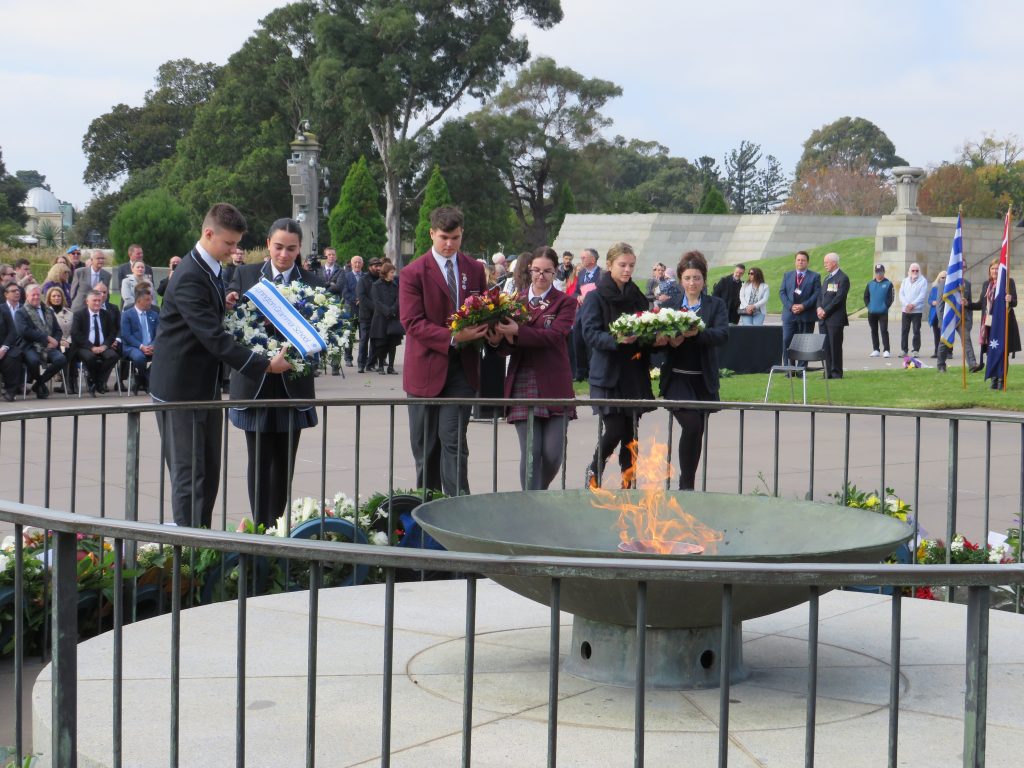
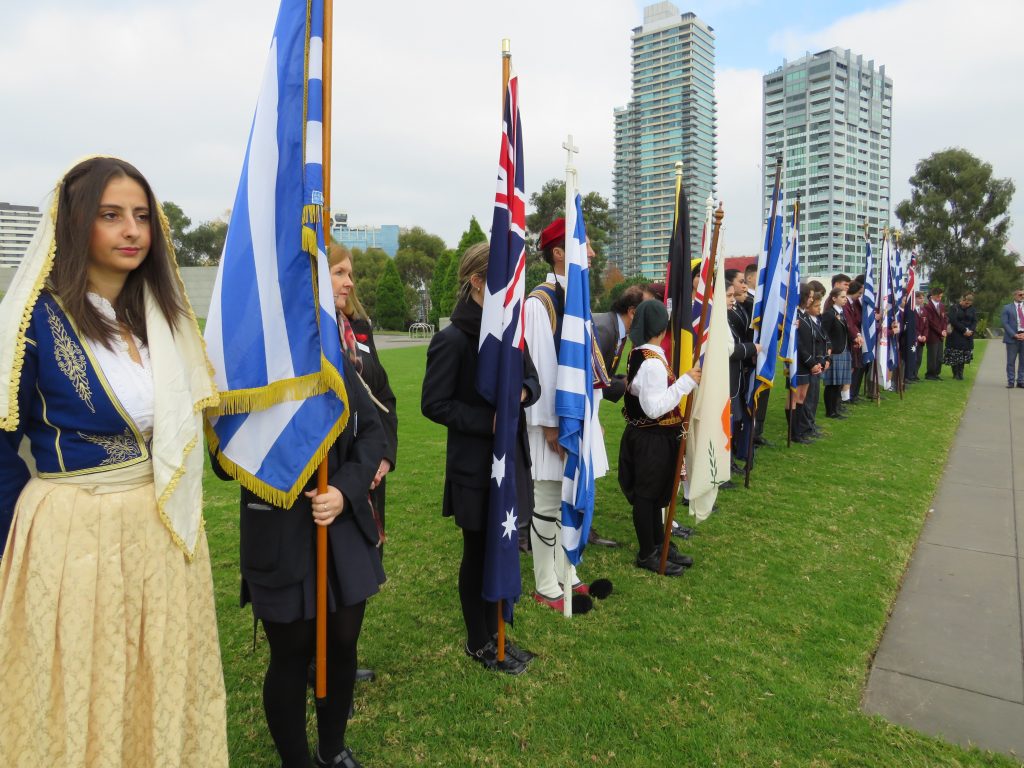

“I think it’s important on these occasions to remember the contributions and individual stories of those who made sacrifices and to acknowledge the indigenous contributions to the battle today,” Mr Tarlamis told The Greek Herald in reference to Sergeant Saunders, who evaded capture and survived on the run for nearly 12 months, aided and supported by the local people.
As Mr Tarlamis spoke, 102-year-old Battle of Crete veteran Charlie Parrott, listened carefully.
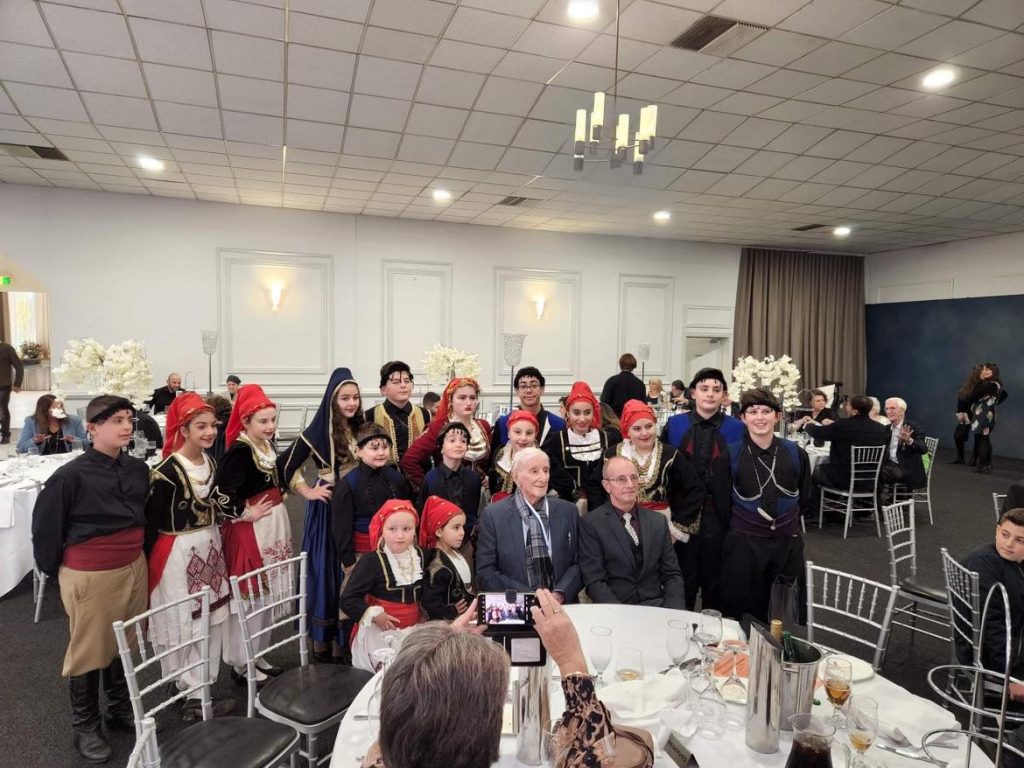
A Greek delegation was also present, headed by Vice Admiral Ioannis Drymousis, Deputy Leader of the Hellenic Armed Forces, and included Colonel Miltiadis Militsis from the Hellenic Airforce. Deputy Ioannis Fasianos, representing the Greek Defence Forces in Canberra was also present.
Apart from Mr Tarlamis, politicians Nick Staikos and David Davies attended the commemorative events organised by the committee, headed by Jim Papadimitriou, Chairman of the Battle of Crete Commemorative Council.
